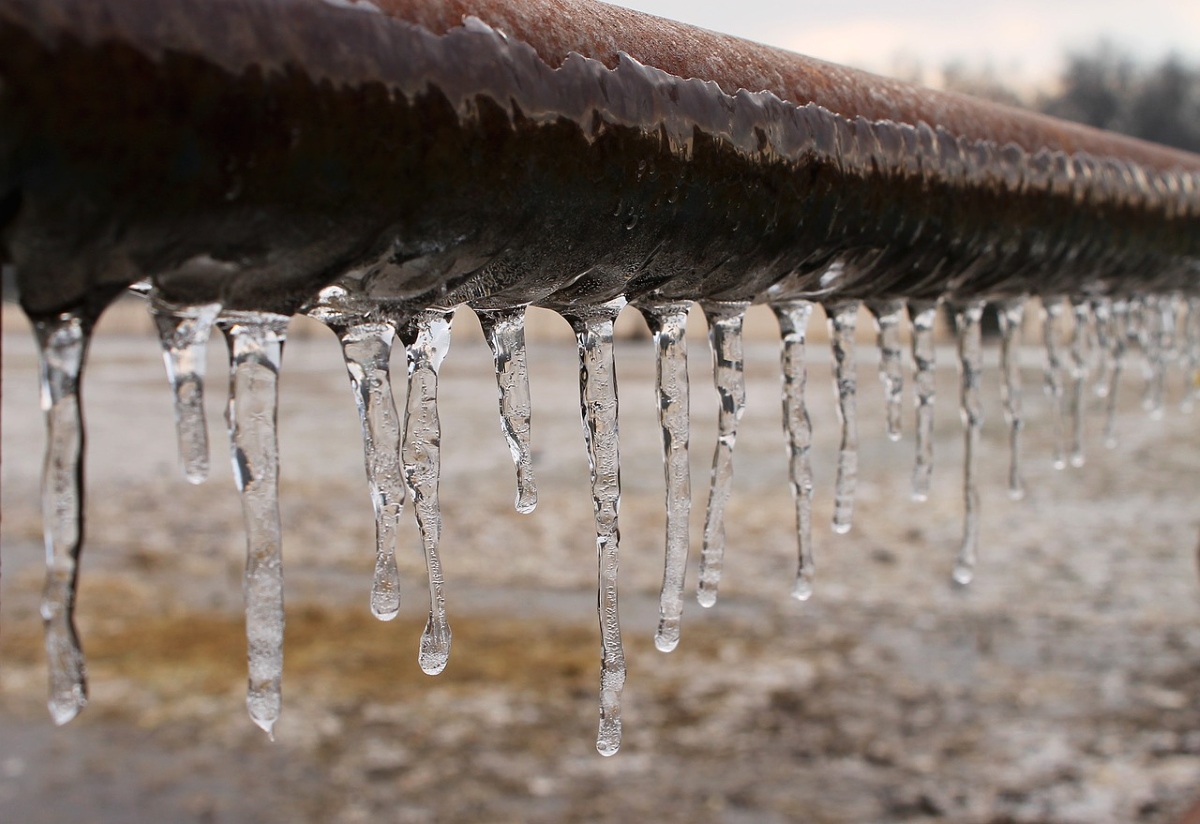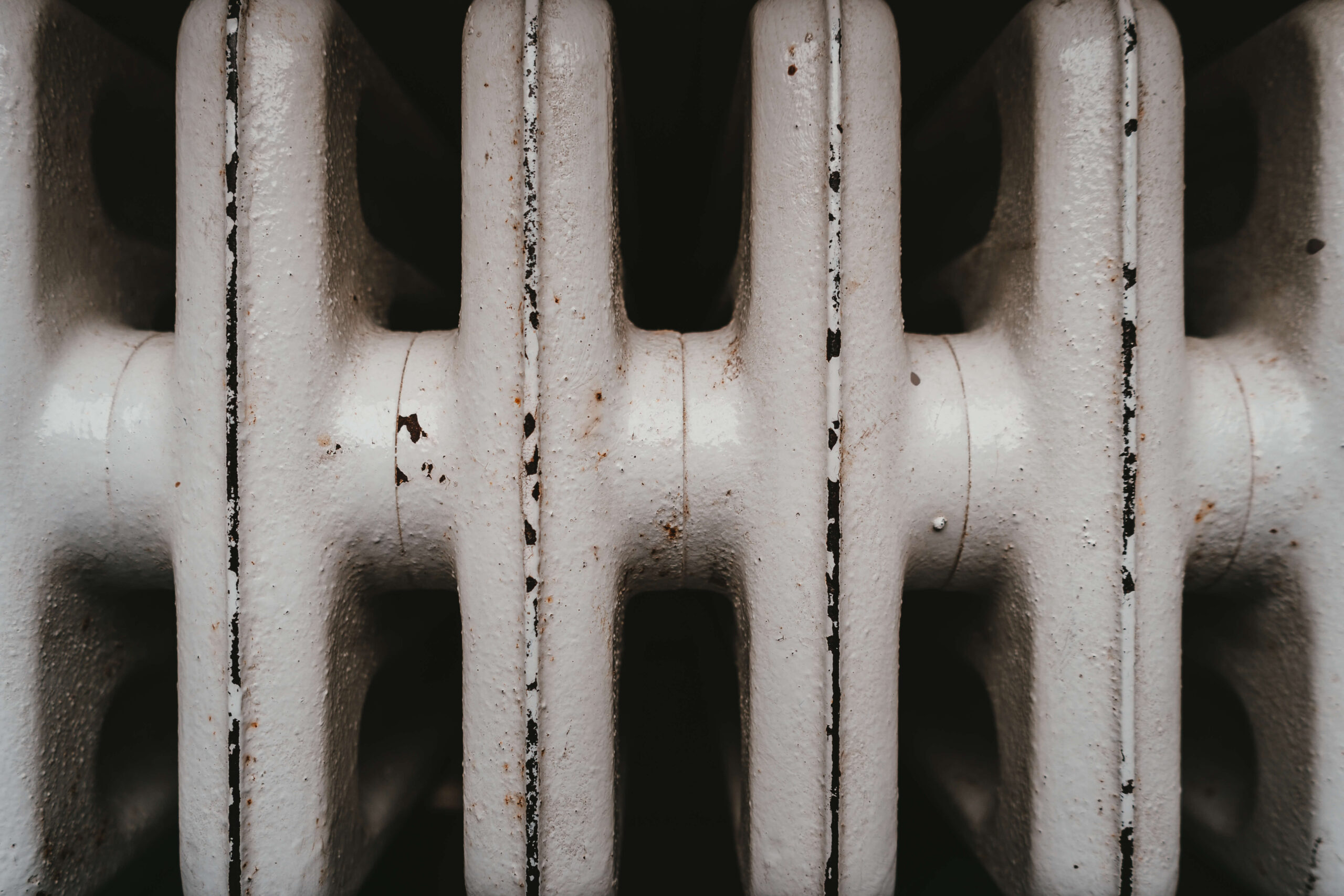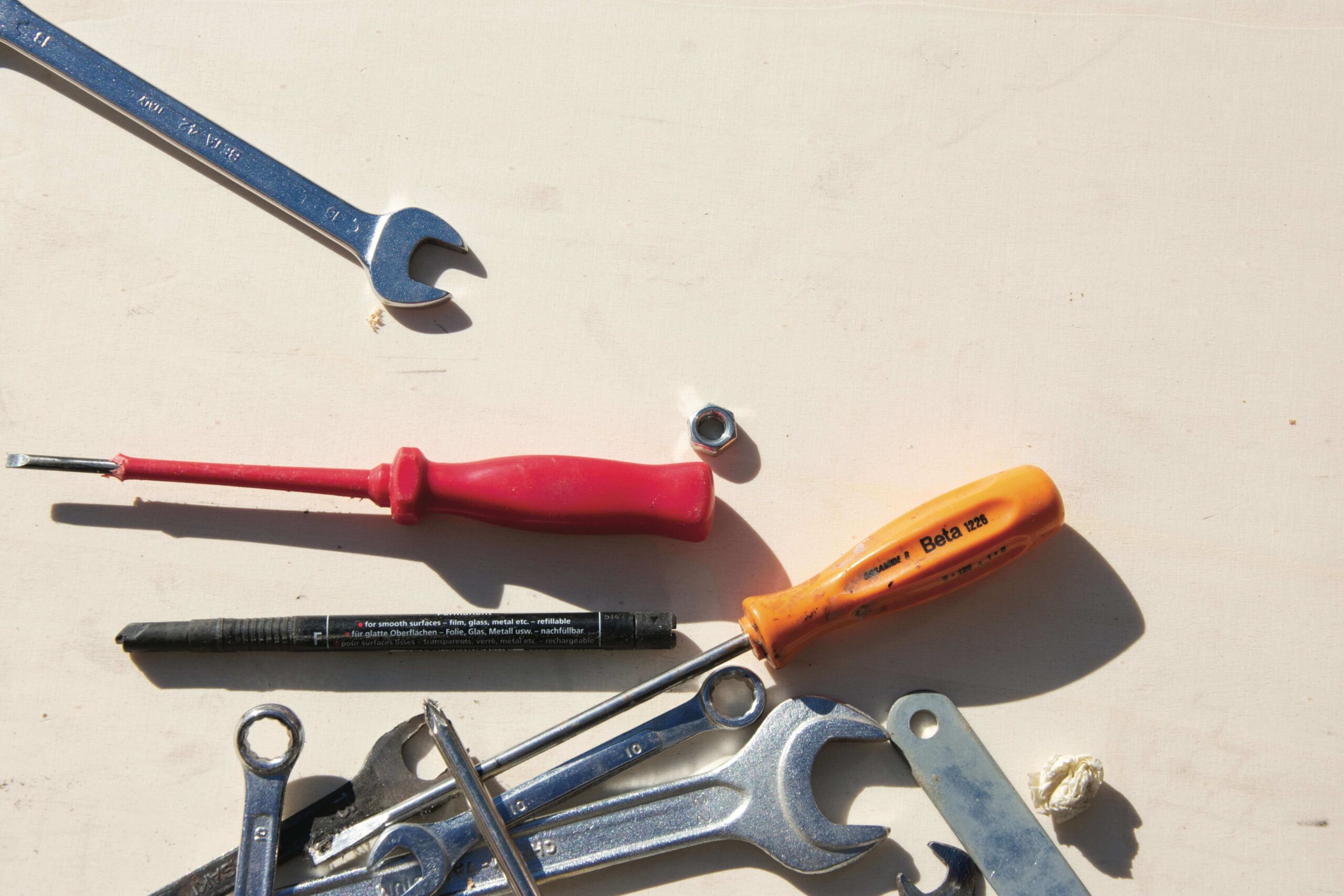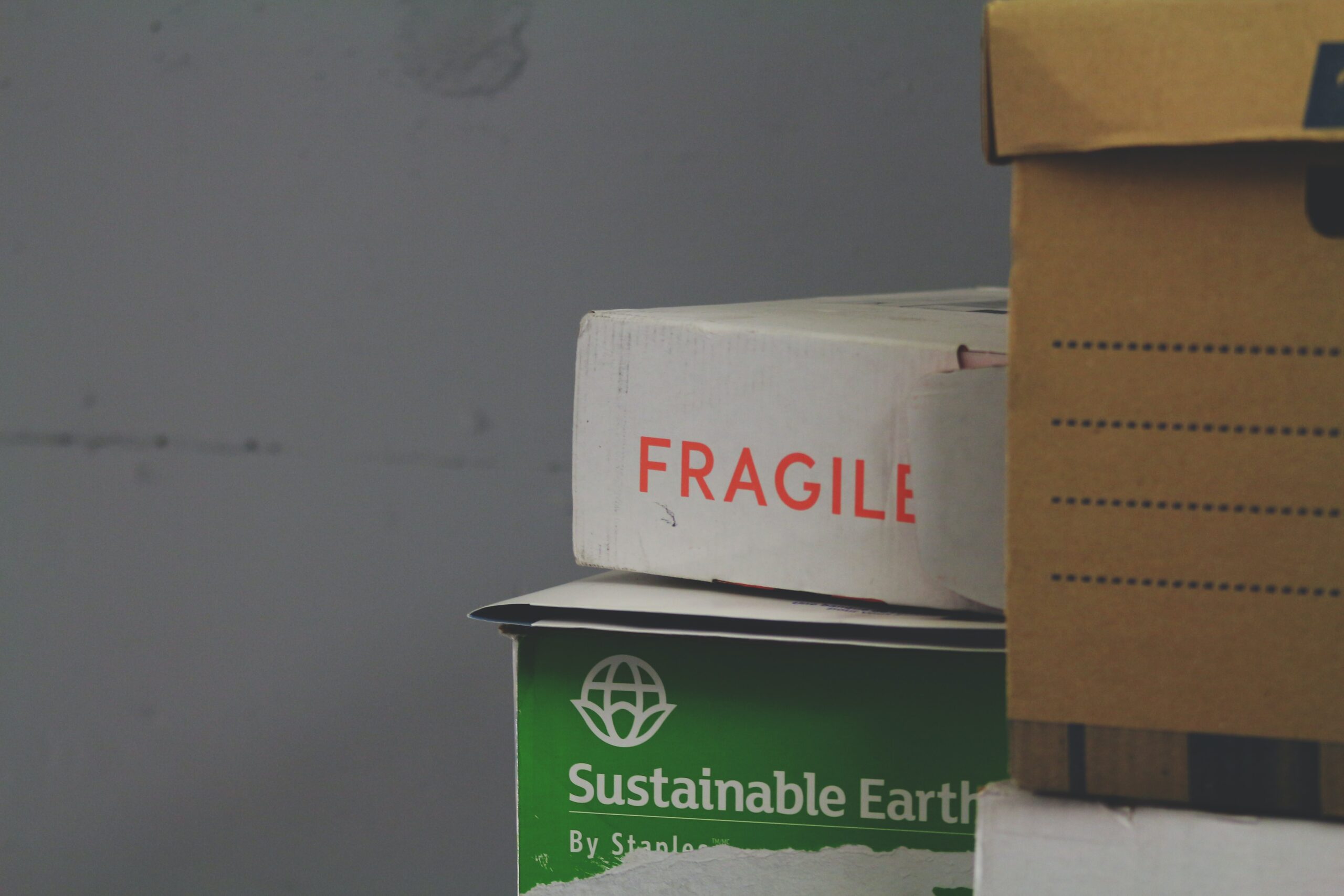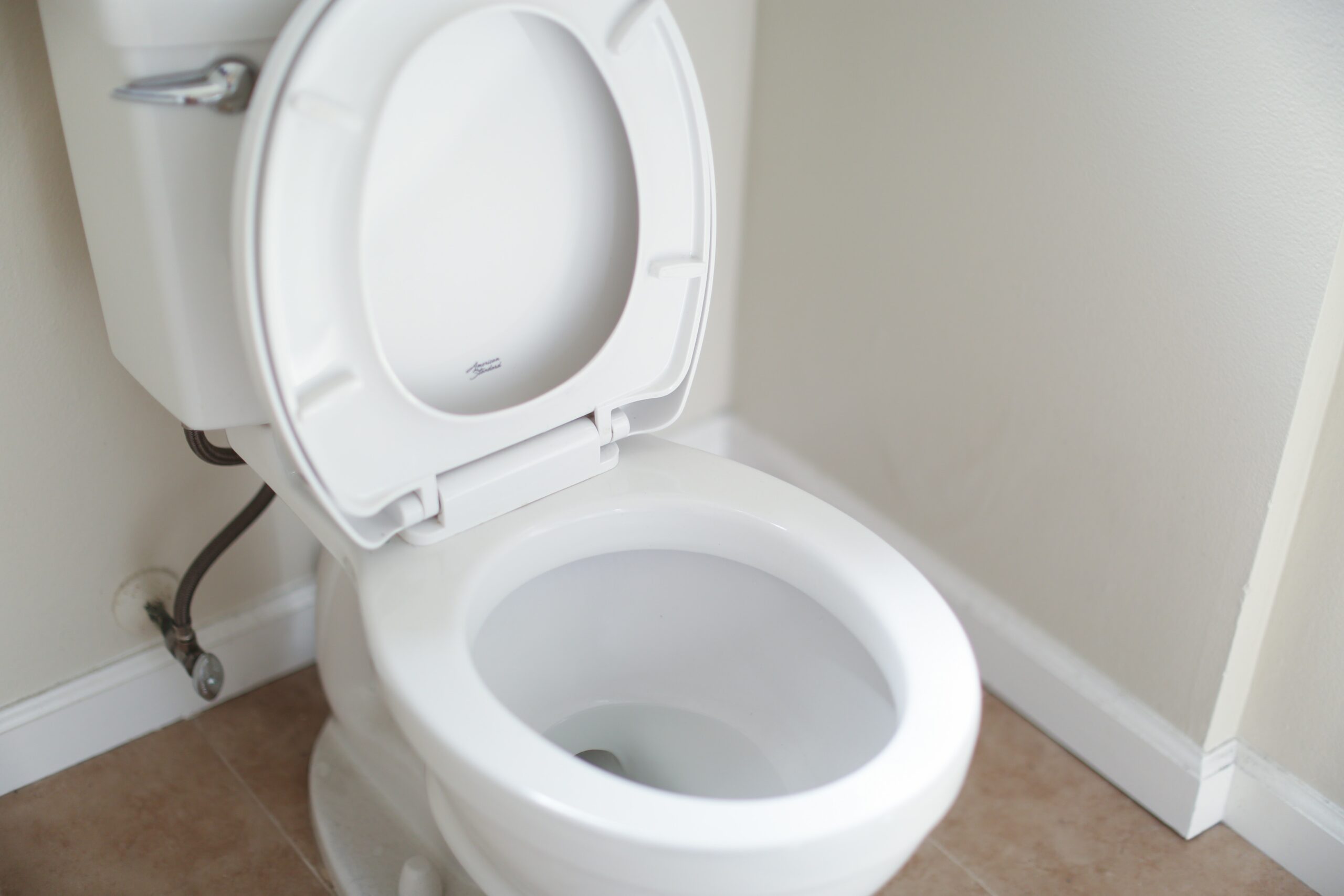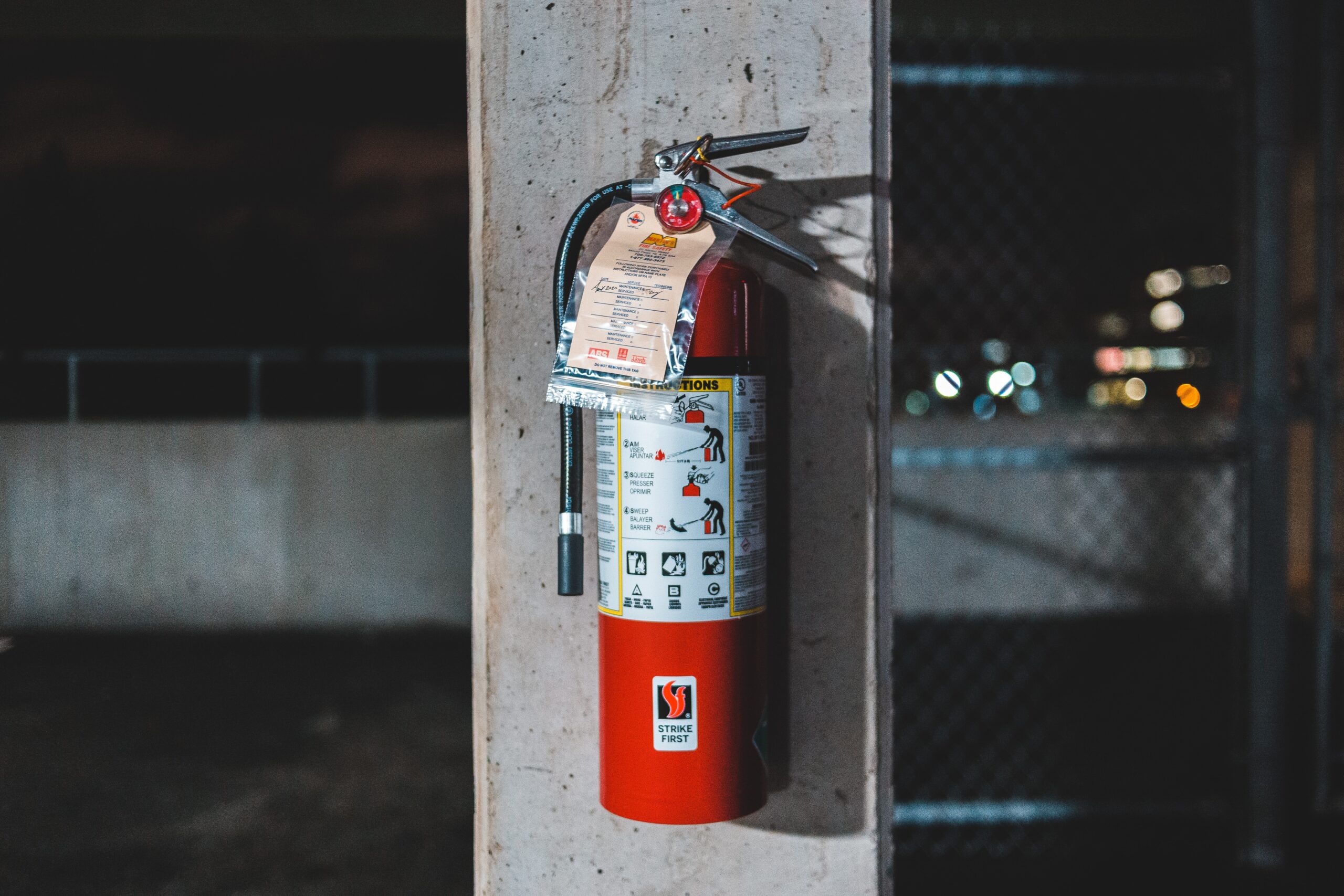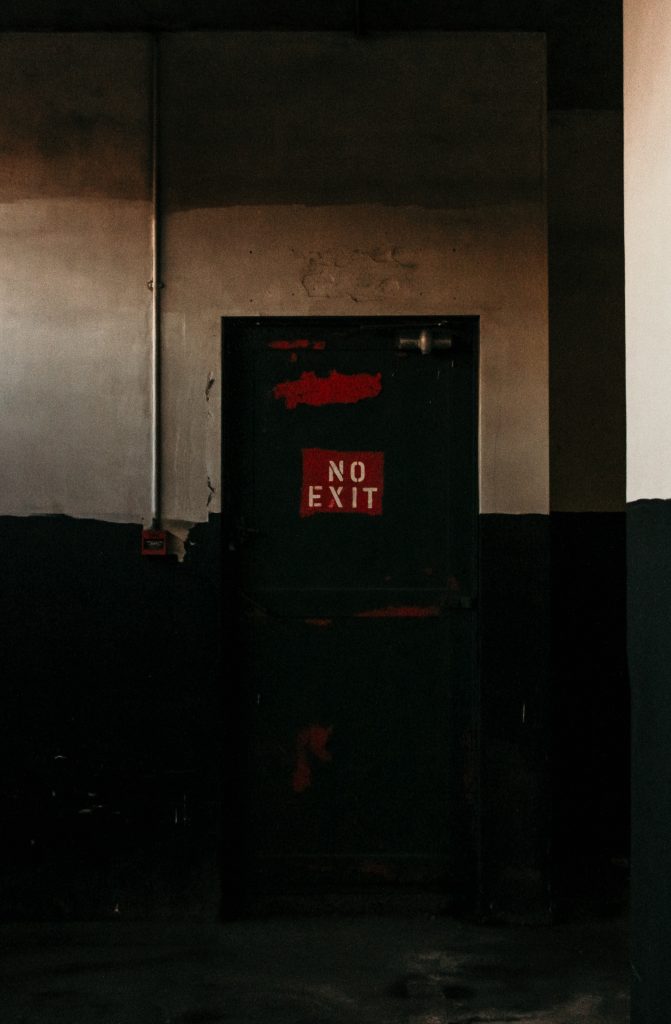Do you really need an emergency plumber?
Issues with plumbing on a business property or in a home can be a nightmare. If you’re running a business and you have a plumbing issue it will impact levels of productivity and may bring work in the office to a grinding halt. Indeed, it’s possible that the office will need to be evacuated while work is completed to repair the issue. Particularly, if the plumbing problem has made the building unsafe or unusable. This will be the case if there is an issue with flooding or if there is no longer any hot water for heating, particularly in winter.
However, you don’t always need to call an emergency plumber to deal with the situation. So, let’s look at a few times you do need expert help and a few that you don’t.
Frozen pipes? Pick up the phone
You should definitely contact an emergency plumber if you think that your pipes have frozen in your business property. You might think that you can deal with a frozen pipe in your property yourself and there are certainly plenty of DIY tricks online based around handling this issue.
The only problem is that these techniques can cause the pipe to burst or split. The problems that this will cause in your property are expansive. You will almost certainly have an issue with damp and you will be looking at an even more expensive repair. An emergency plumber can help you deal with the problem and make sure that the issue is resolved before more damage occurs.
Blocked toilet? Try fixing it yourself
You may not need a plumber if you have a blocked toilet in your business property. It is important that blocked toilets are dealt with quickly as they create a hygiene and a health issue in the office. But there are variety of simple options to try before calling in the pros. First, simply fill the basin until it’s about half full of water. Then use a plunger to create an airtight seal. Once you have done this, two or three thrusts should dislodge the blockage. If the blockage has been dislodged, the water will start to drain. If not, this might be the time when you should call in a pro.
Burst bipe? Get an expert
If a pipe has burst in your property issues can develop fairly quickly. Flooding can occur and the leaking water can damage the structure of the property. This will mean that it will be unsafe to work in the building. As such, as soon as you notice a burst pipe, you should contact an emergency plumber to come fix it. They’ll cut the cost of the issue and hopefully ensure employees can continue to work safely.
No heat from your radiator? You can DIY
Finally, if you are having an issue with one radiator in your property, there’s no need to call the plumber. Radiator bleeding is a simple process. If this doesn’t work, you can remove the radiator from the wall and run water through it outside. This will clear the gunk and muck that is probably stopping the radiator from heating up the right way. Just make sure you have a bucket and some old blankets on the floor as removing the radiator can be a messy job.
Get ready for your plumber to arrive
Whilst you’re waiting for an emergency plumber, there are some things you can do to minimise damage & cost, as well as make your life much easier in the immediate aftermath of the issue. Turn off the water, secure any possessions and prepare for the fallout.
Kiasu Workforce offer specialist 24/7 Emergency Plumbers in London. Please contact us if you have any enquiries.
